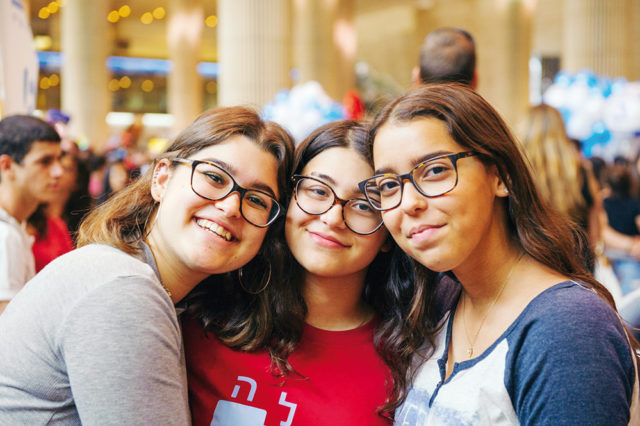Less than two months remain before voters in the 24th Council District in central Queens will be the first in the city to conduct a ranked choice election. On Tuesday, February 2, 11 candidates will appear on the ballot for the seat vacated last month by Rory Lancman. In preparation for the historic election, Assemblymembers Nily Rozic and Daniel Rosenthal held an online lecture last Thursday with the advocacy group Rank the Vote NYC.
“New York is making strides in implementing voting reforms, but with that comes the need to educate and inform voters,” Rozic said in a statement.
In 2019, 74 percent of voters approved introducing ranked-choice voting in the 2021 elections. Among the local supporters of this voting reform measure are Assemblymen David Weprin, Ron Kim, and Catalina Cruz, State Senator James Sanders, and Councilmembers Costa Constantinides, Paul Vallone, and Jimmy Van Bramer.
“It allows you to vote for the candidate that you’re most passionate about without fearing about the candidate you don’t want winning the election,” said Susan Lerner, executive director of Common Cause New York, a good government organization.
In districts that have multiple candidates from the same community, a ranked-choice election allows voters to elect both of them, by choosing their favorite and second favorite, among five in total. In the 24th District, which covers Kew Gardens Hills, Fresh Meadows, Hillcrest, Jamaica Estates, and Briarwood, there are 11 candidates running.
Five of them – Neeta Jain, Deepti Sharma, Mujib Rahman, Moumita Ahmed, Soma Syed, and Dilip Nath – all seek to be the first Councilmember of South Asian descent. Instead of splitting the vote, a voter seeking to make history can vote for all of them by ranking them by preference. “With ranked choice, you have one vote transferring between different choices,” Lerner said. “In 85 percent of such races that we’ve seen around the country, the first-place choice is usually the winner.” But when it is a close race, the winner can be someone who has enough votes as a favorite and second favorite combined.
The Jewish vote in this district also has more than one compelling choice. Retired psychologist Howard Neiman is running on a conservative platform and building his base close to his home in Fresh Meadows, and former Councilman James Gennaro is running on his experience and familiarity with the community. Then there’s Leo Jacobs, a Republican seeking to be the first Bukharian Jew elected to the Council. His ballot line was initially held by party colleague Philip Grillo.
Likewise, in the neighboring 29th District, which will have its party primary in June, David Aronov and Avi Cyperstein both have affiliations with Jewish organizations and causes. Instead of splitting the vote, they can work together to bring out their Jewish supporters and prevent a socialist from winning the seat. This district covers Rego Park, Forest Hills, Kew Gardens, and a portion of Richmond Hill.
But before that race takes place, there’s another nonpartisan special election – on Tuesday, February 23 – to fill the 31st Council District seat in southeast Queens, vacated by now-Borough President Donovan Richards. This race is also expected to be a crowded one, with multiple African American candidates, and local community activist Pesach Osina.

Sean Dugar, education campaign program director at Rank the Vote NYC, also spoke at the online presentation. He said that if a voter has only one candidate in mind, that’s also acceptable. However, Lerner added that if this single choice ends up with the fewest votes, “your vote is exhausted.” By voting for more than one person, an issues-motivated voter has the ability to contribute to the outcome rather than having it wasted on a third party as is the case in traditional American elections.
The Zoom meeting had 122 participants that included some of the candidates and dozens of civic leaders who will use their positions to explain to their neighbors how ranked-choice voting works. Putting an innovation into practice is not always easy, especially during a pandemic, but outside of elections, making a top-five list of favorites is easy. It also saves millions of dollars for the city, as it serves as an instant runoff when none of the candidates reach 50 percent of the vote.
“It’s simple. It’s just ranking one, two, three, four, five in order of their preference,” Dugar said. “We already do it every day.”
By Sergey Kadinsky












